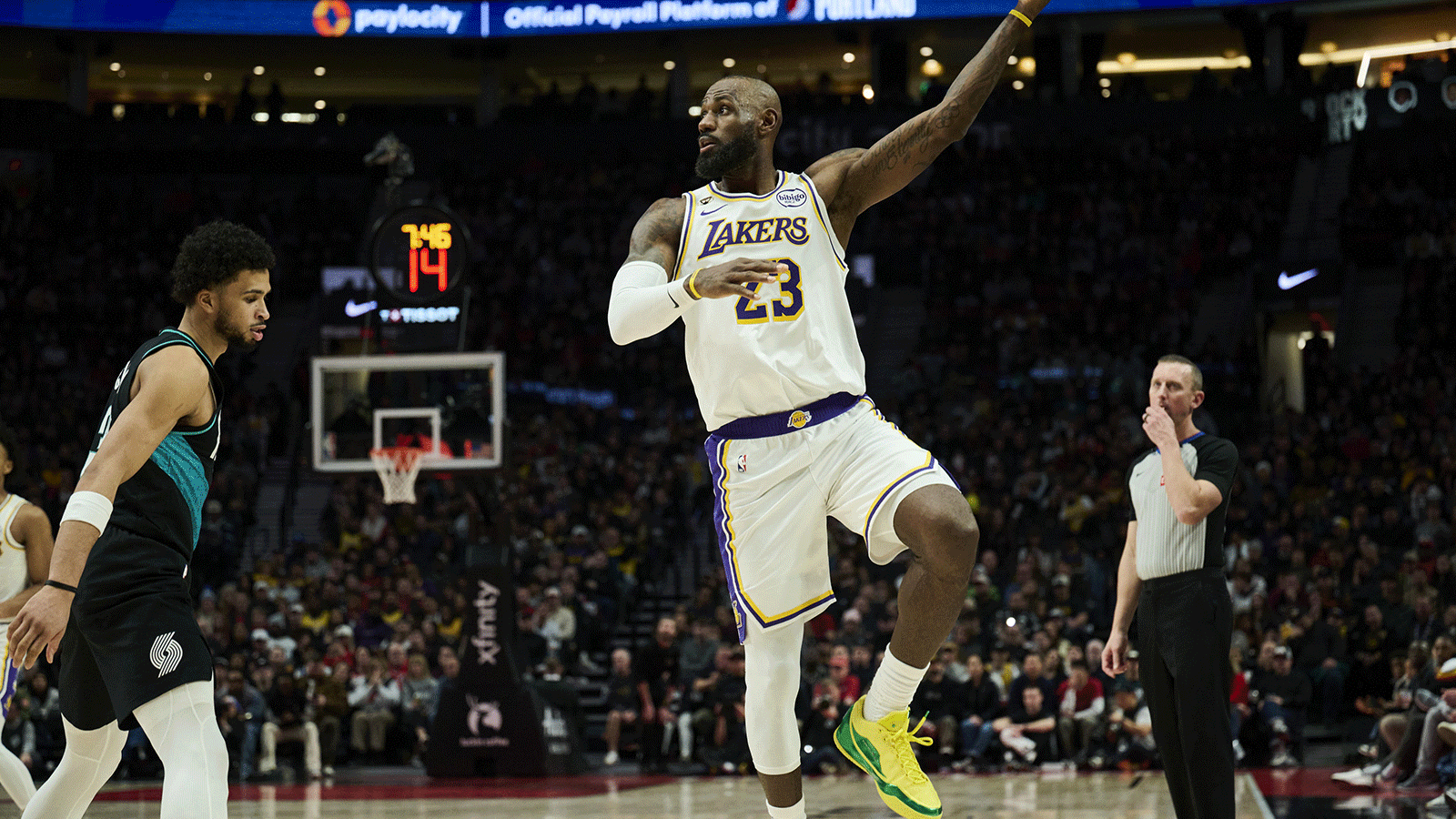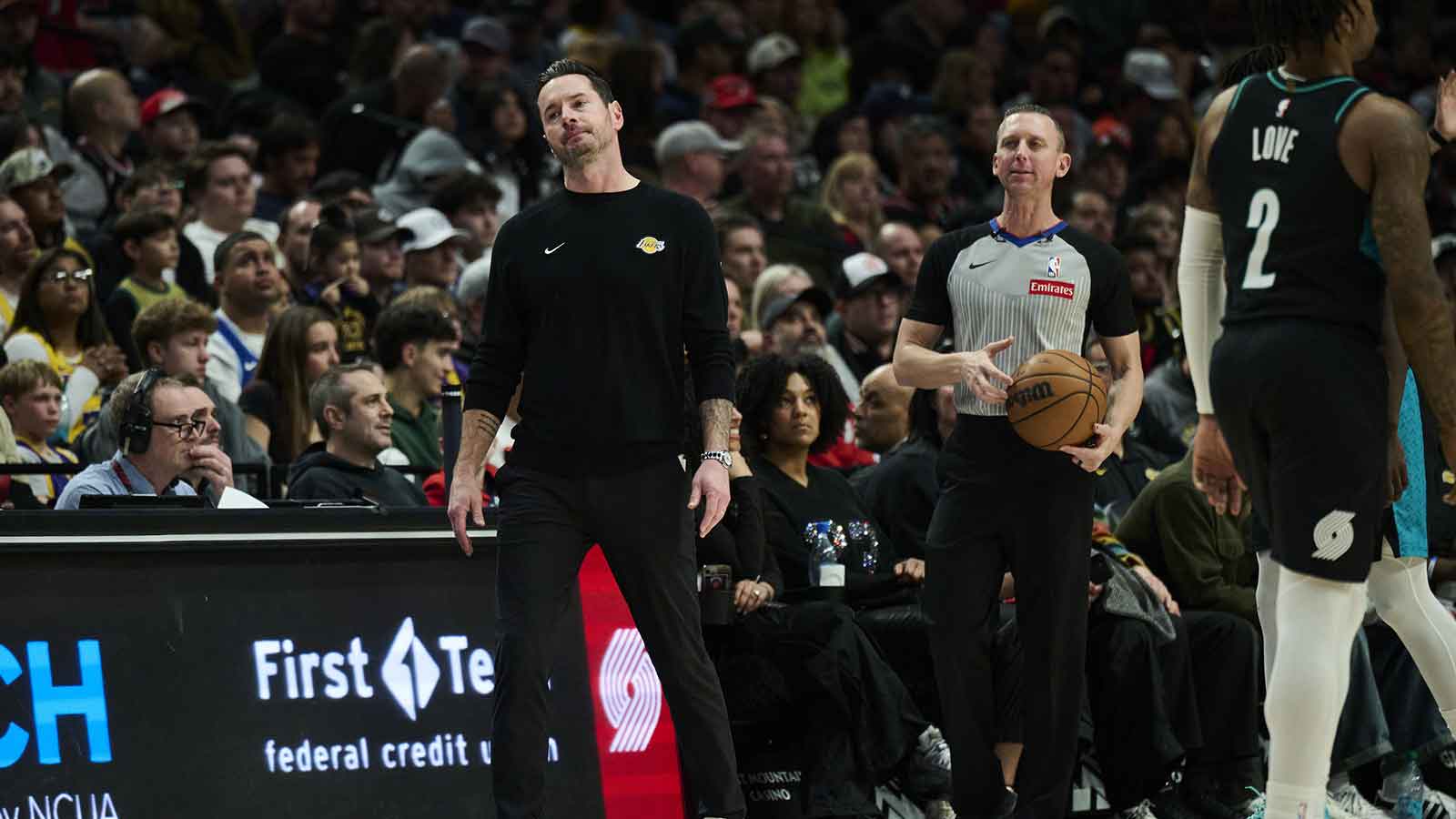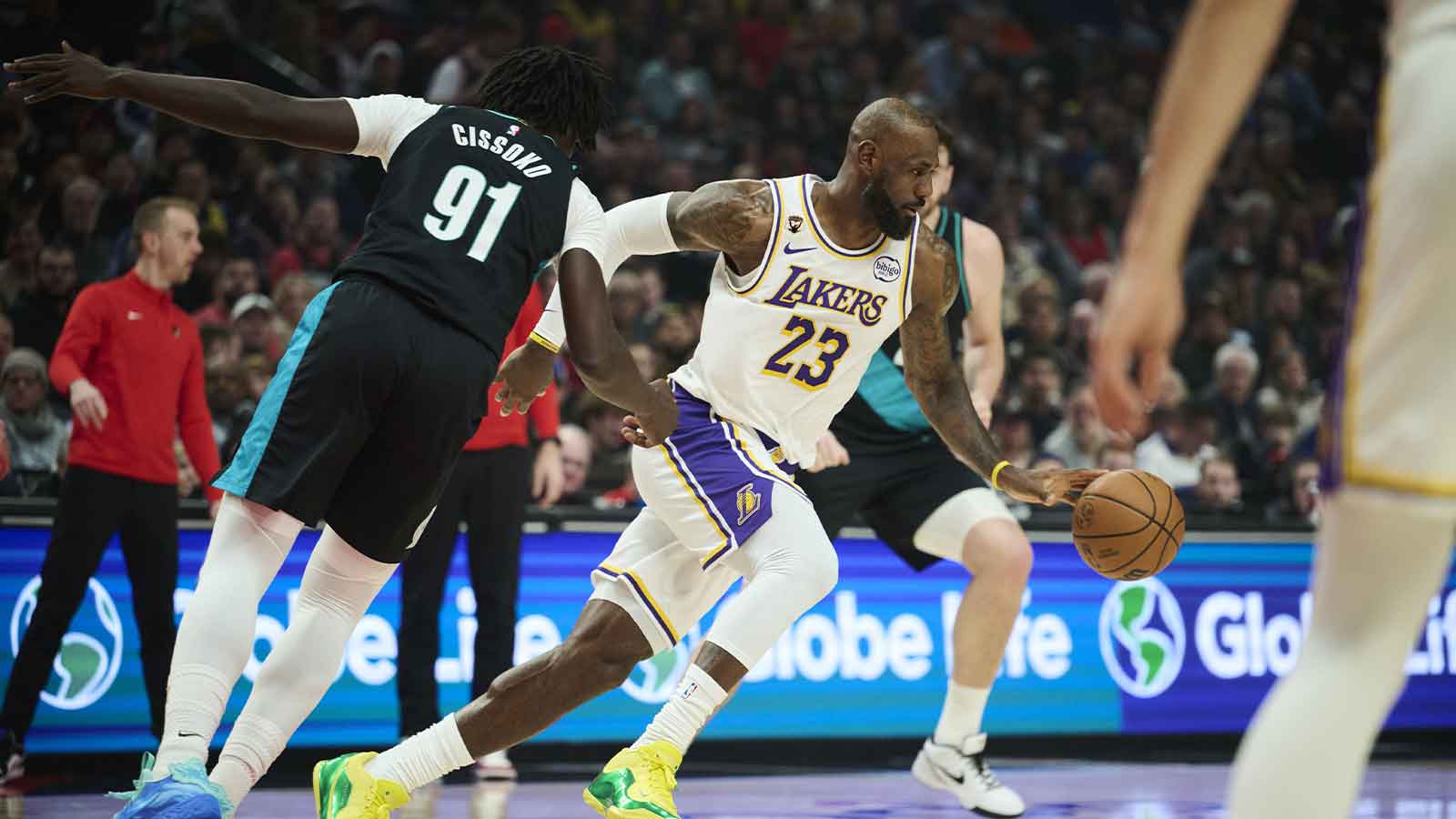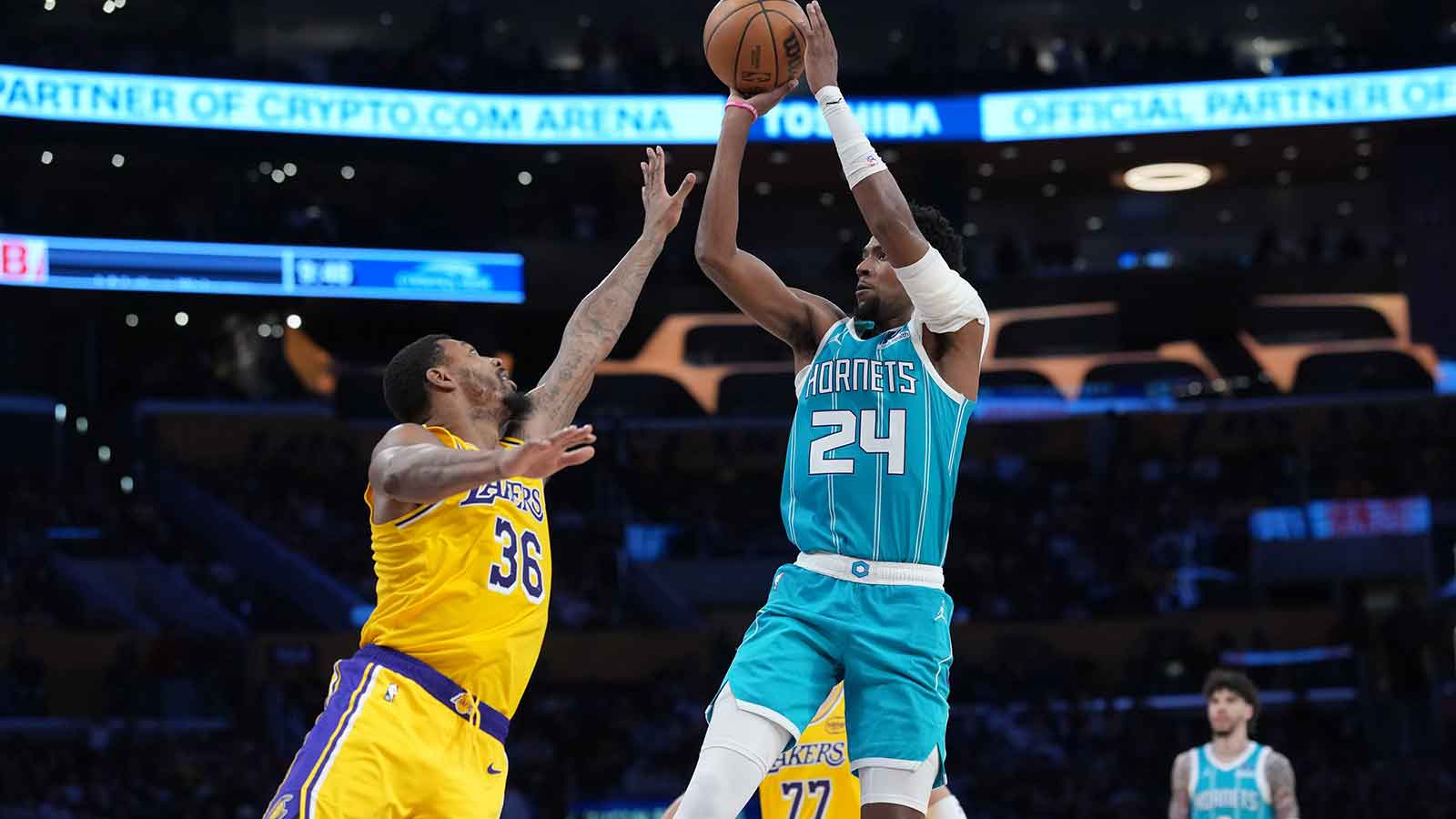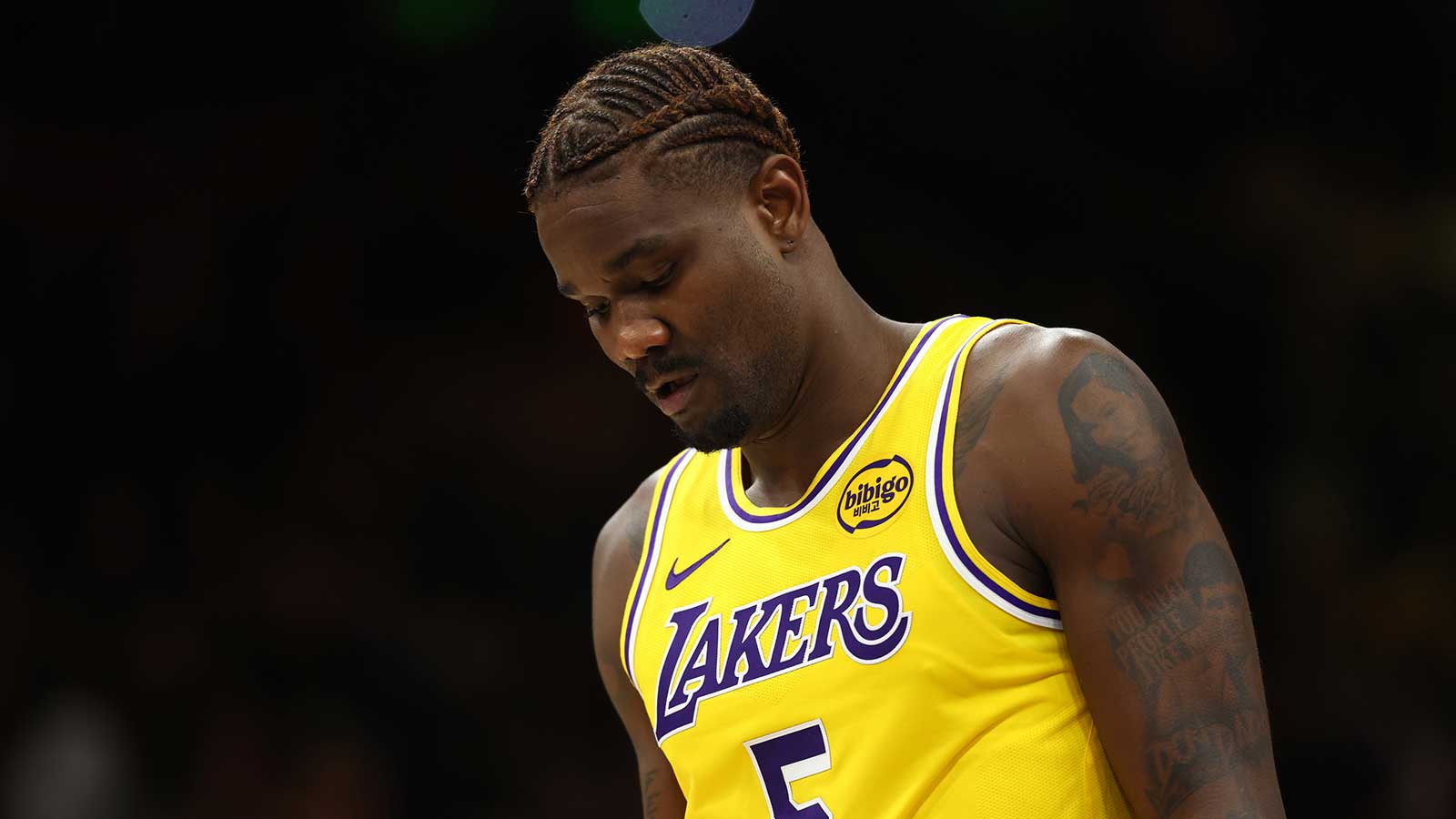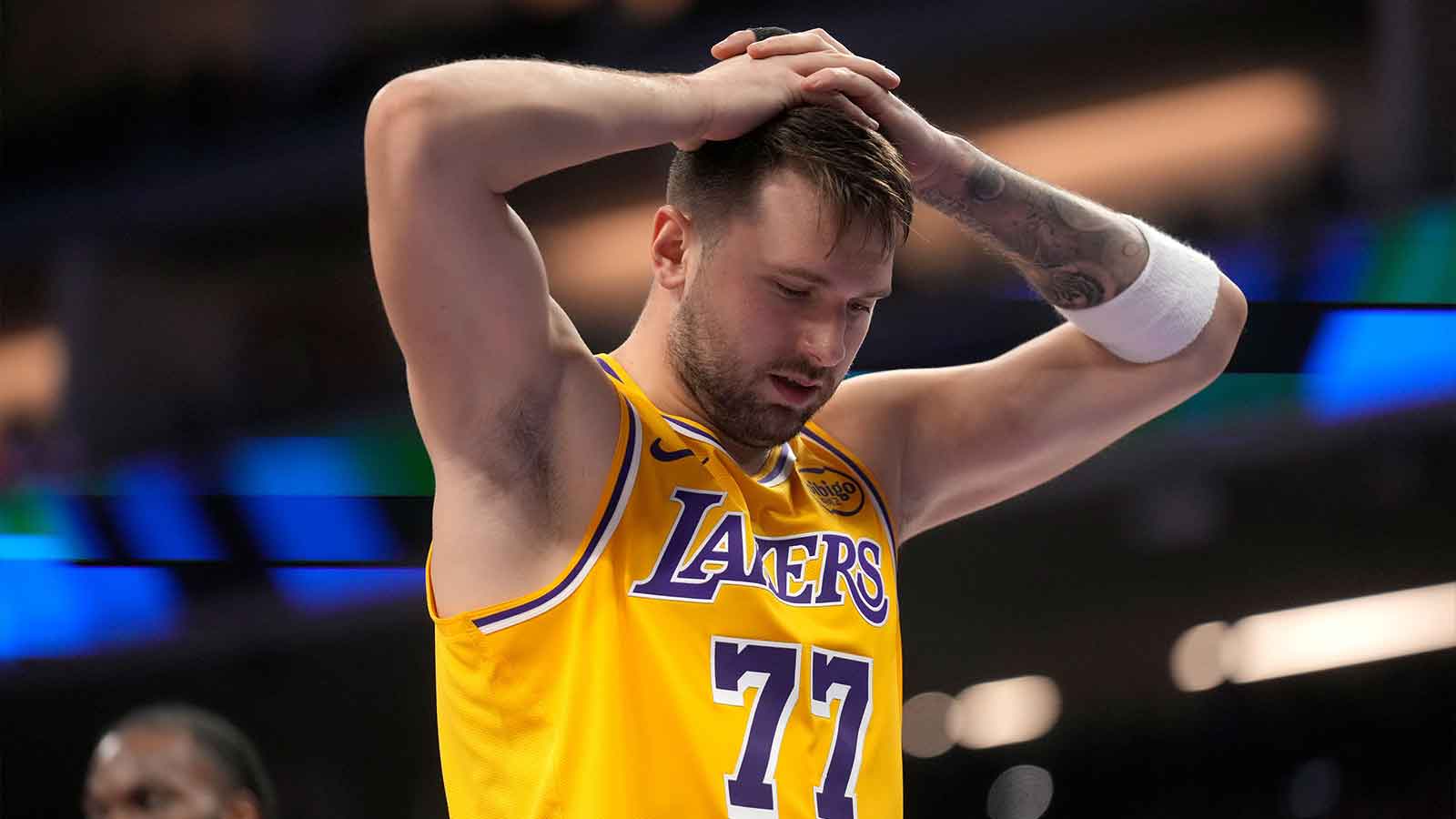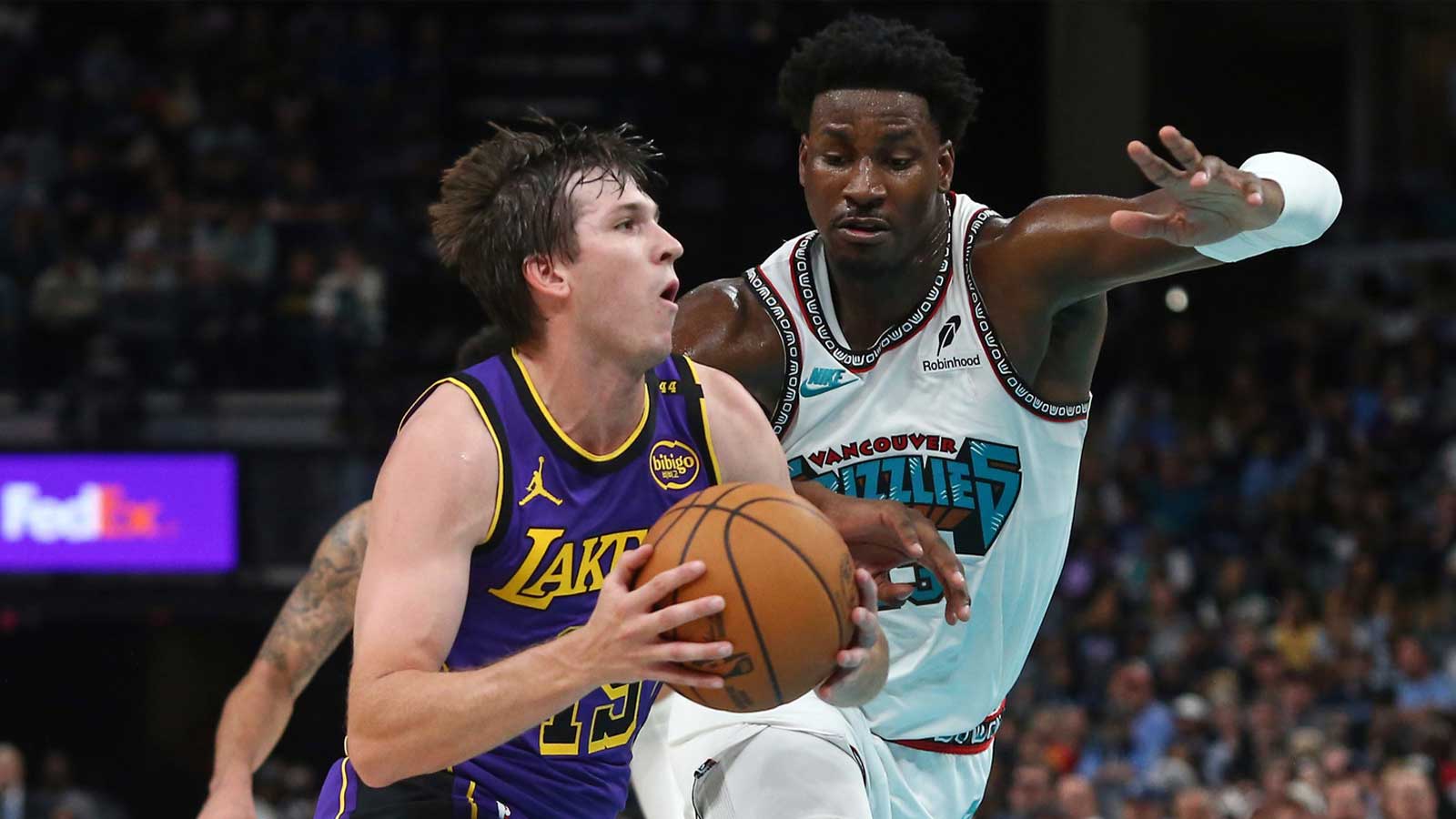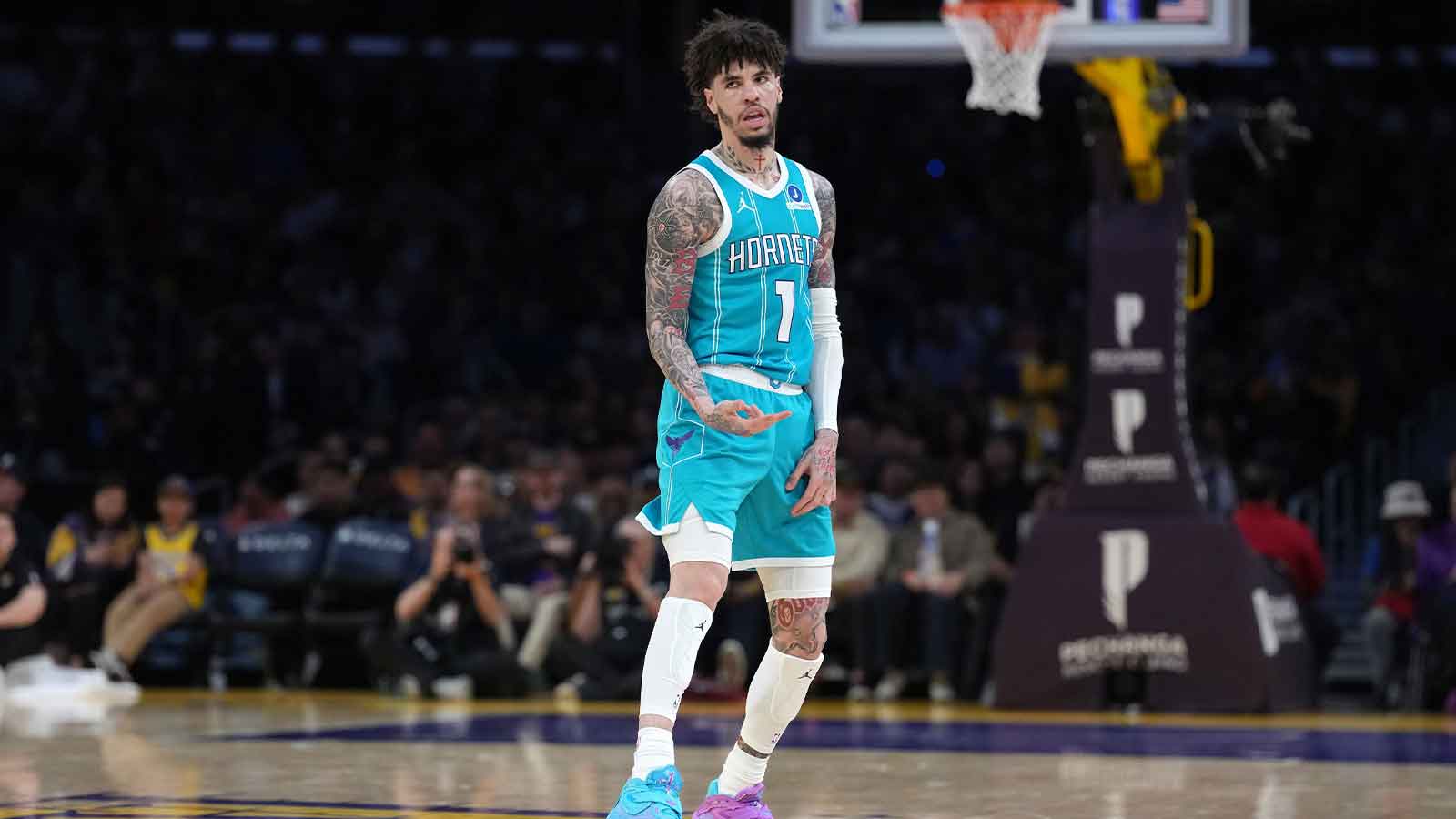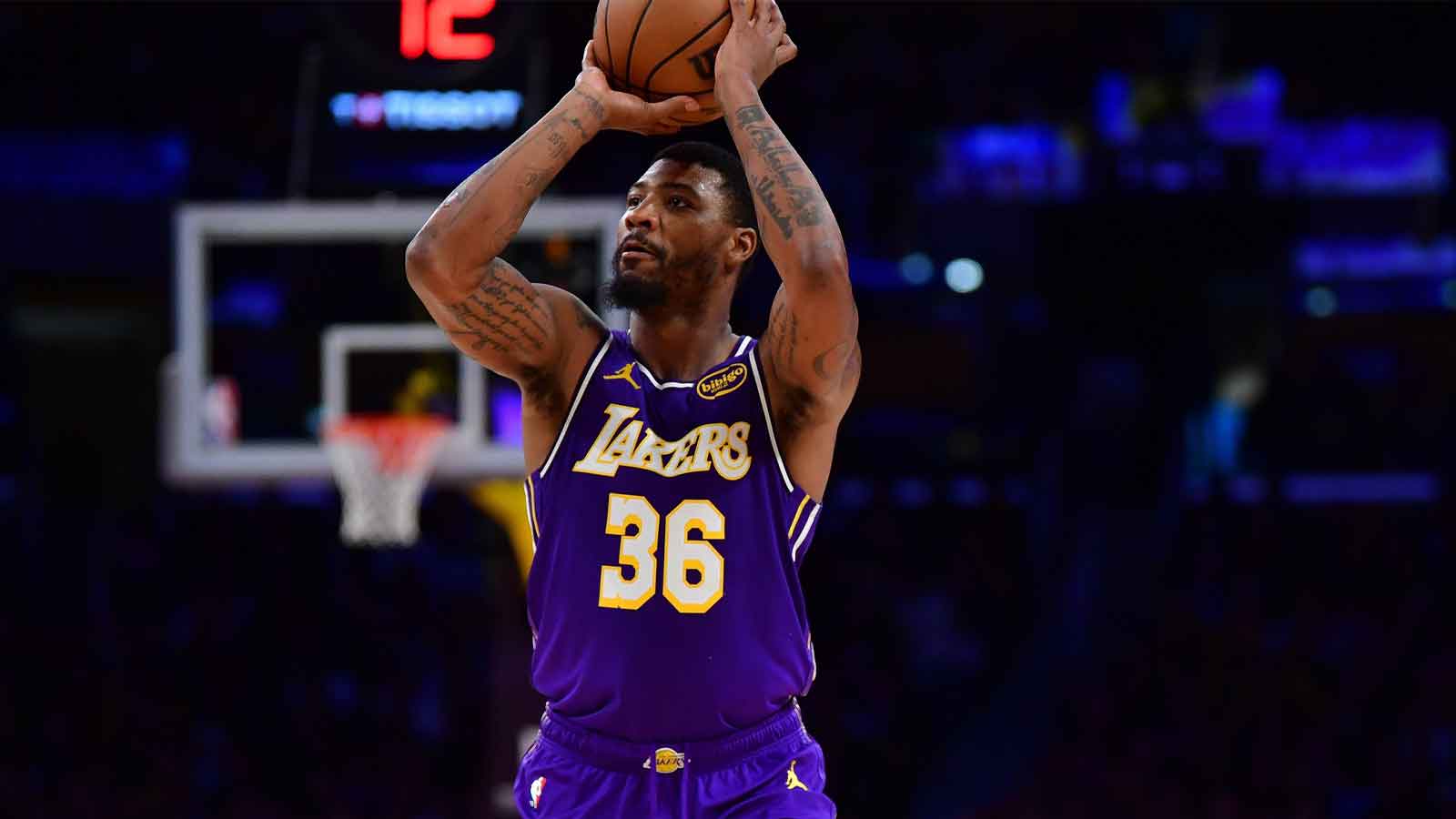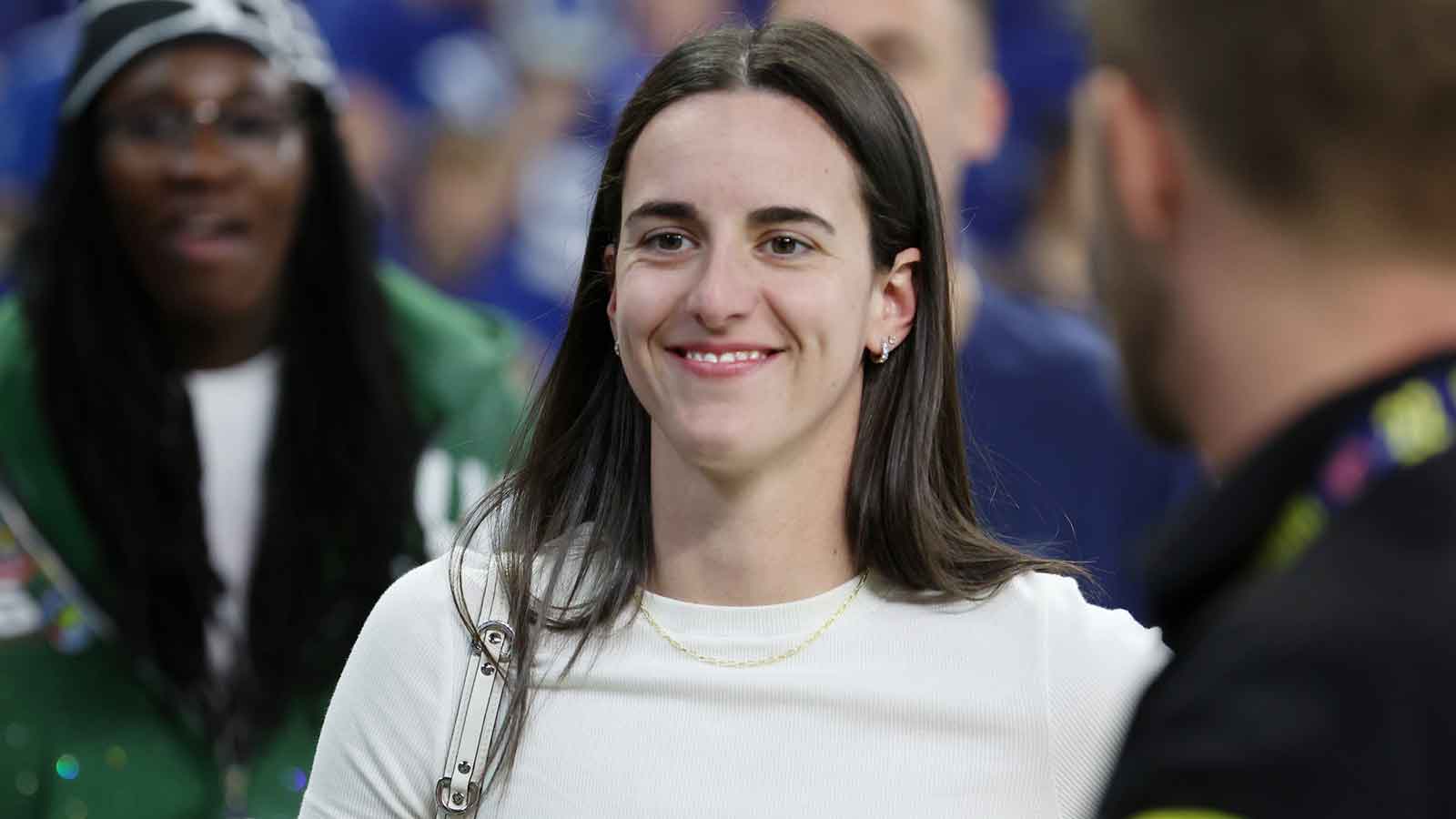The Los Angeles Lakers are out of the Russell Westbrook business. One day before the 2023 NBA trade deadline, the Lakers struck a three-team deal with the Utah Jazz and Minnesota Timberwolves that sent Russ, Juan Toscano-Anderson, Damian Jones, and a top-4 protected 2027 first-round pick to the Utah Jazz in exchange for D'Angelo Russell, Malik Beasley, and Jarred Vanderbilt. Mike Conley Jr., Nickeil Alexander-Walker, and three second-round picks went to Minnesota.
The Lakers currently sit at 25-30, 13th in the jumbled Western Conference standings and two games out of the final play-in spot. Let's breakdown the transaction.
Lakers Trade Grades
First and foremost, the Lakers no longer have Westbrook on the roster. Addition by subtraction.
Westbrook sorta accepted a bench role this season and his top-line numbers are impressive: 15.9 points, 6.2 rebounds, 7.5 assists in 28.7 minutes. Prior to the trade, he was among the betting favorites to win Sixth Man of the Year (though part of that is sportsbooks gaming the Lakers and Westbrook fanbases).
On the other hand, he was shooting 41.7% from the field, 29.6% from 3, and 65.5% from the line. He never jelled with LeBron and his late-game spacing issues and decision-making were consistently detrimental. Los Angeles owns a -6.4 net rating in crunch-time, and they were 5-1 when Russ sat out close games with under five minutes to go. And yet, as professional as he usually was (this season, not last), it understandably irked him to sit out in fourth quarters. In his final game with the Lakers, he got into a heated exchange with the coaching staff, with whom he often clashed (not to mention LeBron James' public advocacy for a Russ-for-Kyrie Irving swap).
The Westbrook fit never worked. The situation was only going to get more complicated in tight playoff games. The partnership had become “untenable” and both the Lakers and Russ were ready to part ways, per The Athletic.
The case for keeping Westbrook was the cap space his $47.1 million expiring contract would have generated. But, the 2023 free agent class is thin, pure cap space is overrated, D-Lo is on an expiring deal, Beasley will be on a $16.5 team option for 2023-24, and Vanderbilt will be on a $4.7 million team option. The Lakers maintain fiscal flexibility.
Jones (on a two-year deal) fell out of Ham's rotation early on. Toscano-Anderson is a valued teammate, but he was out of the rotation, too.
The Lakers held onto their 2029 first-rounder, which they can pair with Patrick Beverley and/or Lonnie Walker IV to further upgrade the roster. (Per ESPN's Zach Lowe, if the 2027 pick ends up top-4, it becomes a second-rounder.)
As for the imports…
Russell — who was drafted no. 2 overall by the Lakers in 2015 and played two seasons for the franchise — is lowkey having the most efficient campaign of his career. The 26-year-old is putting up 17.9 points, 6.2 assists, shooting 39.1% from 3, and posting career-best rates around the rim and at the line. He provides the Lakers with another floor-spacer and shot-creator. His usage rate is a bit high, but his catch-and-shooting skills should allow him to adapt to life with LeBron and AD. If he thrives, the Lakers can sign him to a two-year, $67 million extension. All that said, there are reasonable concerns about whether he truly impacts winning.
Beasley, 26, is a career 38% three-point shooter and chucks it up as much as anybody. I'm not positive he's a rotation piece in the playoffs, but he can help the Lakers get there with his spacing. Los Angeles is 26th in the NBA in 3-point frequency, so at least that number should increase. The Lakers can move on from him this summer (I'm not going to address the Pippen situation; you can Google that).
The highly-coveted Vanderbilt may be the most exciting part of this trade, besides the departure of Russ. The Lakers are a below-average defensive rebounding team; the 6'9 Vanderbilt has averaged over 11 rebounds per 36 minutes in each of the past three seasons. The Lakers desperately needed versatile, rangy wings, and they've now added two (Rui Hachimura) in the past few weeks. At 23 and on a bargain contract, Vanderbilt offers another high-energy young player to the mix. He's a smart passer within a scheme and can knock down open shots. He can guard multiple positions and play next to Anthony Davis, and really in any lineup construction. A steal.
Russell and Beasley provide very little defense, unfortunately, though Minnesota's metrics in units with Russell+their better defenders were passable. After a promising start, the Lakers have been one of the league's worst defensive groups in recent weeks, though part of that has to do with a midseason malaise, AD shaking off the rust, and a strange pre-deadline vibe.
Fresh off winning a title in 2020 with a roster premised on two stars and role players — as has been the case for the last six Lakers title teams — the organization misguidedly prioritized star-chasing over depth by making the Westbrook trade in July of 2021. 18 months later, they exchanged Russ for quality supporting pieces and did so without attaching both of their tradable first-round picks nor Austin Reaves and Max Christie. Word on the street was trading Russ costs a first unto itself, and each player they're getting from the Jazz is worth a first. Somehow, the Lakers got it all done.
Plus, should the Lakers retain all these guys and Hachimura this summer, they'll have a roster full of tradable contracts and assets going forward, in case a disgruntled star becomes available. It's no longer a top-heavy roster full of minimum contracts.
Will this trade be enough to raise an 18th banner this June? Doubtful. Is it great bang-for-buck that makes the Lakers markedly better and younger? Yeah. Well done by Rob Pelinka and the front office.
Grade: A-








